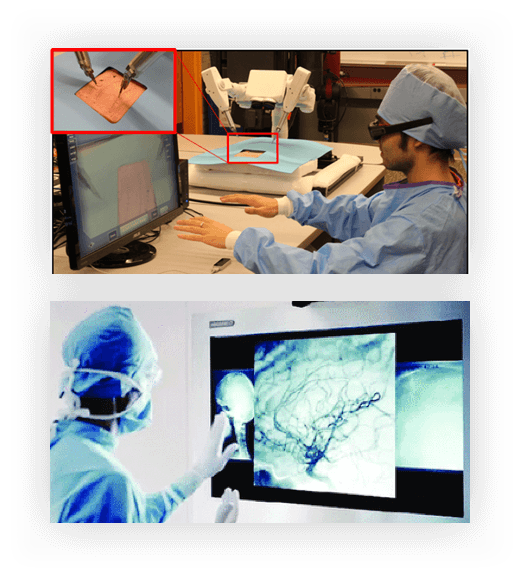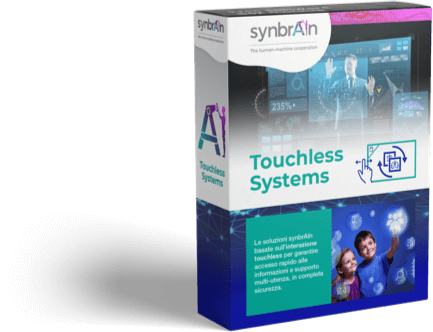
Touchless interaction has been widely studied over the last decade, and it turns out to be a very promising solution for human-machine interaction. It can be used in a very large number of application fields, as a unique interaction paradigm, or even in addition to others (multimodal interaction).
The touchless interaction makes access to information more effective than the touch-based one, and in some cases, it enables the deployment of solutions otherwise impossible. It is also very useful for augmented accessibility to disabled people, allowing for at-a-distance interaction.
Our specialists are part of the research community who deals with the most common issues, thus being able to design solutions suitably tailored to be effectively deployed in every environment or context.
Touch
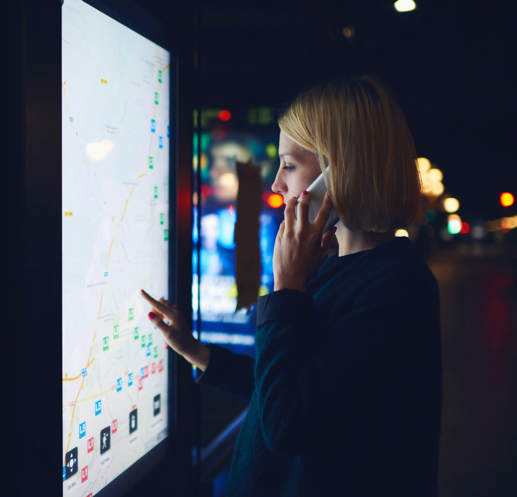
Touchless
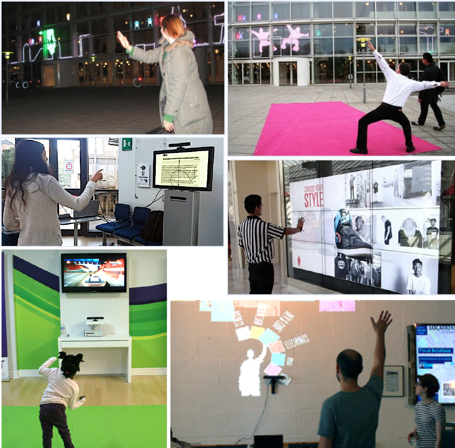
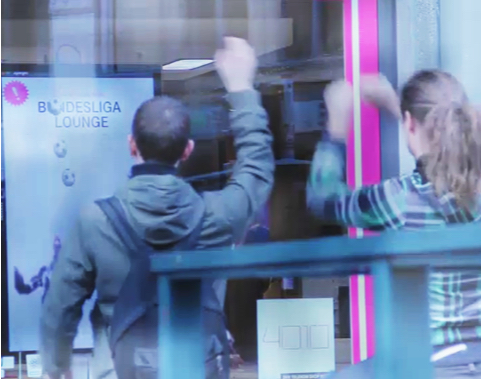

Information provision in large indoor and outdoor public spaces
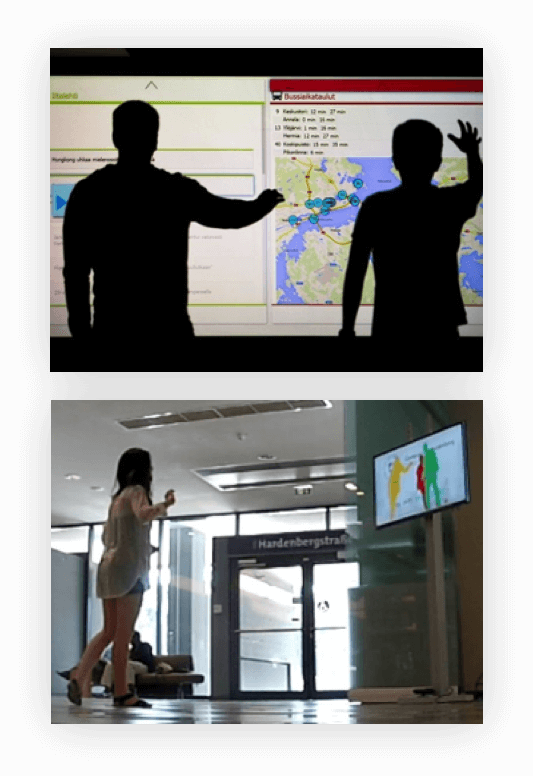
Gaming & Entertainment
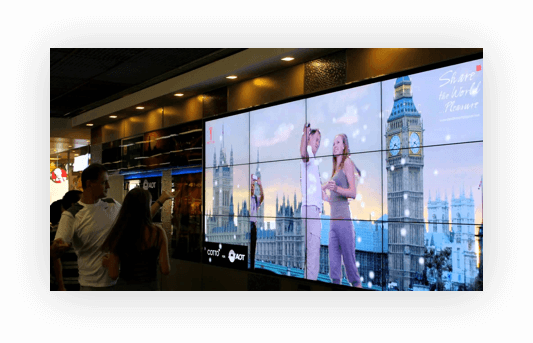
Engineering & Design
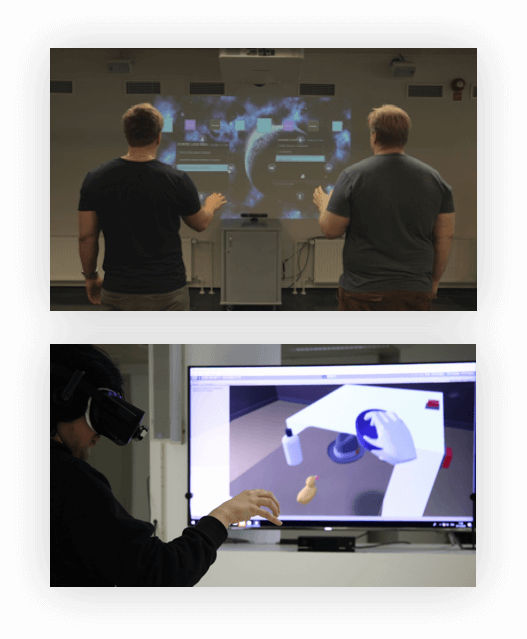
Sport & Fitness
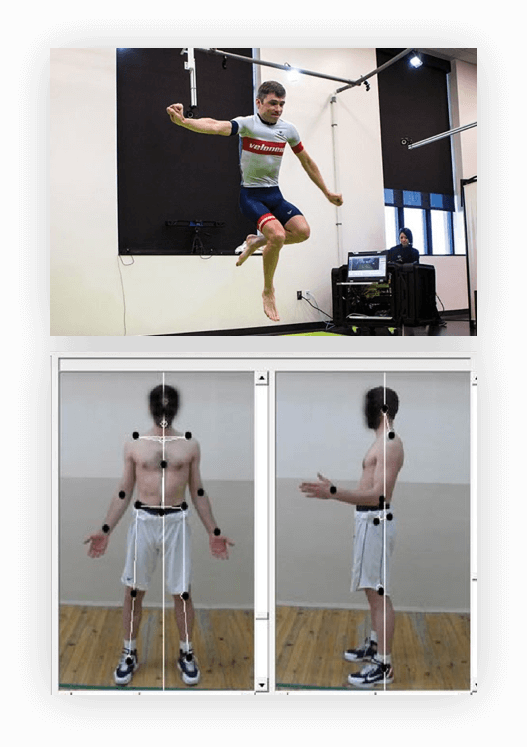
E-Health(care)
